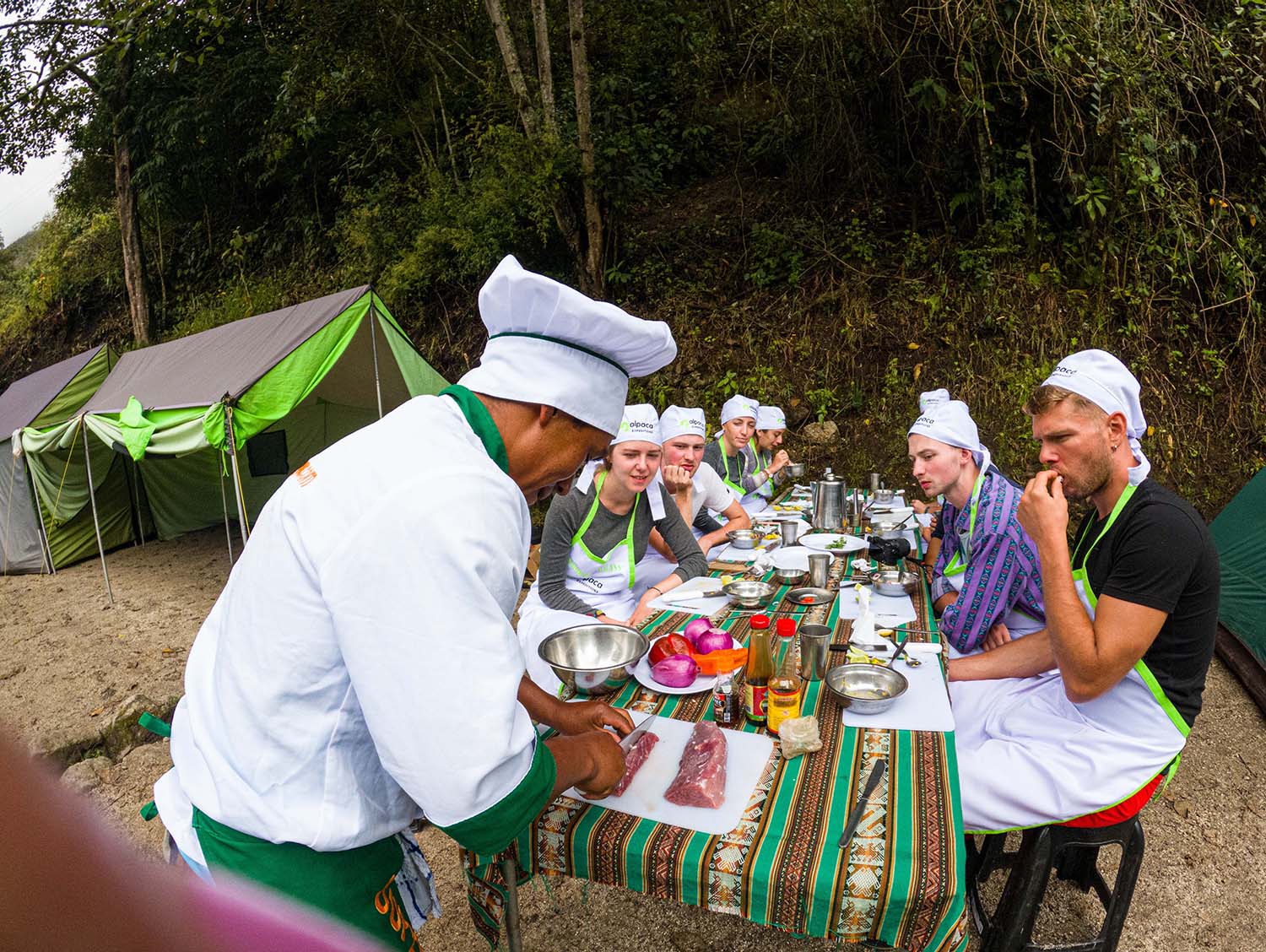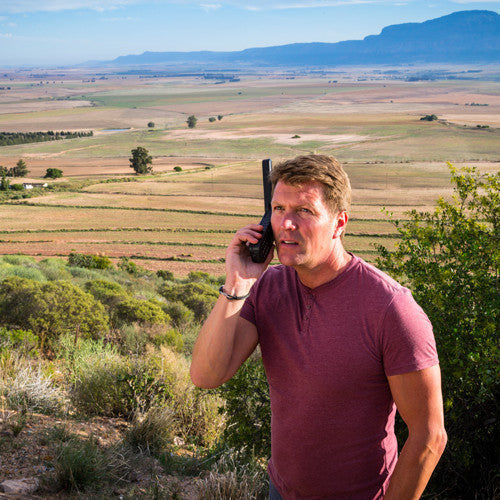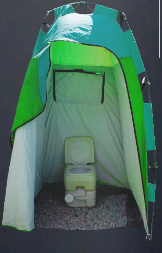The mountain “Huayna Picchu” comes from the origin of the quechua language which means “Young Mountain”. It is located north of the Inca city of Machu Picchu, Peru at an altitude of 2,693 meters above sea level or 8835 feets. From the top of this mountain you will have a panoramic view and you will have the ability to appreciate all the splendor of the Inca citadel of Machu Picchu, the Andean mountain range, the snowy peaks, etc.
Definitely reaching the top of Huayna Picchu is a challenge because the access is a bit difficult, the path is narrow in some points and it can be difficult for people that struggle with vertigo. Therefore, good physical and mental condition is required.
Geography and location:
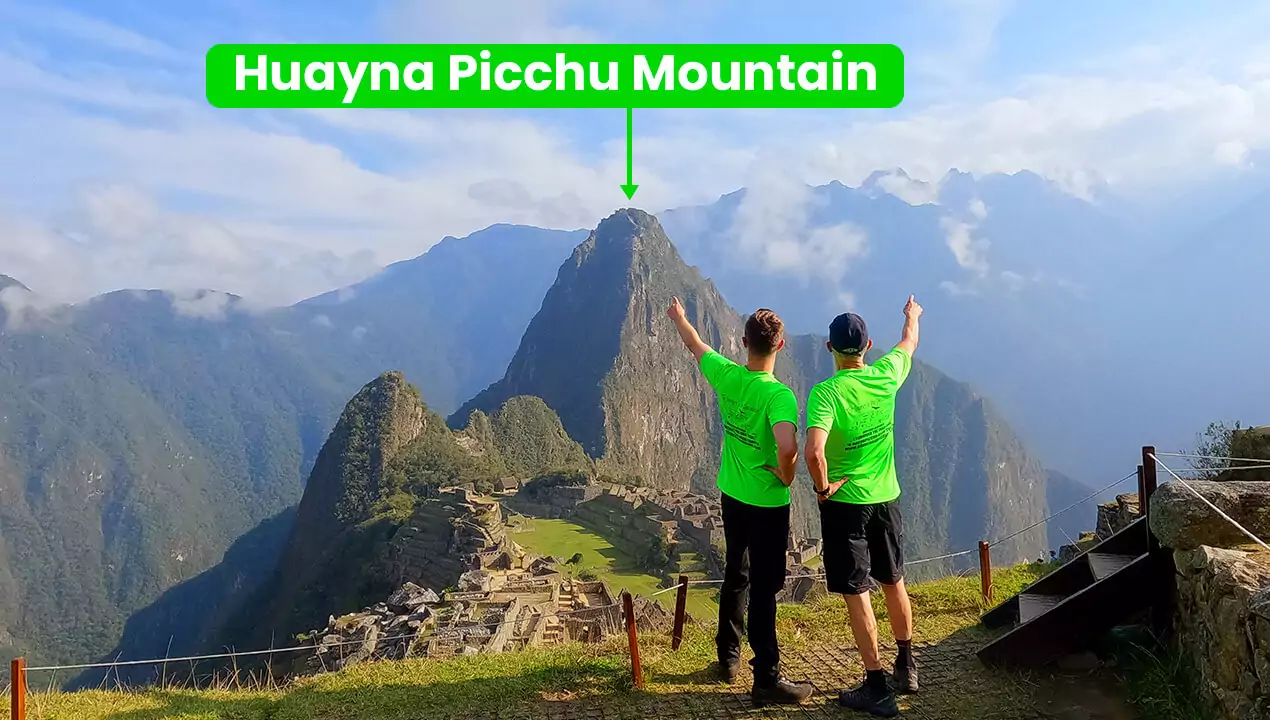
Huayna Picchu climb is a steep and rugged mountain that rises above Machu picchu. It’s situated to the north of the main citadel and is often depicted in photographs overlooking the ruins. Huayna Picchu is the majestic cone-shaped mountain often seen in the background of Machu Picchu’s most famous photographs and postcards.
Accessibility:
Access to Huaynapicchu is limited due to its steep terrain and the need to preserve the archaeological site. A limited number of tickets are sold each day to visitors who want to climb the mountain. These tickets often need to be purchased in advance, and it’s recommended to book well ahead of your visit.
Temperature:
The temperature can change between 50 and 86 degrees Fahrenheit or 10 and 30 degrees Celsius. Keep in mind that clothing for all weather conditions should be packed when hiking Wayna Picchu Mountain.
Steps to follow to get into the Huaynapicchu mountain:
- Verify if you are in very good conditions (good shape or healthy)
- Buy an entrance ticket Machu Picchu Inca site + Waynapicchu Mountain (circuit number 4) at least 3 months in advance.
- Find the gate to access and follow arrows to the sacred rock place into the Machu Picchu site, you could ask the rangers. They would help you.
- Show your entrance ticket Machu Picchu + Waynapicchu (circuit number 4) and your original passport
What time should be buy the entrance ticket to Waynapicchu:
- Most of the visitors first go to Machu Picchu early in the morning, once you finish the guiding tour there at approximately 9:30am, you start to climb Huaynapicchu, that is why you should buy your entrance ticket for the 2nd turn in group number 3.
- Just to know, you will enter the Inca site of Machu Picchu from 6am (NOT before), with your guide and other visitors, you will make the guided tour that will end at 9:00 am approx. then look for the access door to Huaynapicchu between 10am and 11am (NOT before or after).
- Please coordinate the meeting time with your guide in the town of Aguas Calientes or directly at the main gate to enter Machu Picchu.
Waynapicchu mountain entrance hours:
People are allowed to climb Waynapicchu in two daily shifts, divided into two groups:
- First Group: 7:00 am to 8:00 am.
- Quantity: 200 people
- Second Group: 10:00 am to 11:00 am
- Quantity: 200 people
| Altitude |
2.693 m.a.s.l. |
| Travel time |
2h 30m (ascent and descent) |
| Level of Difficulty |
Moderate – Difficulty |
| Distance to the mountain top |
2km. |
| Number of people allowed per day |
400 |
| Age allowed to climb Waynapicchu |
12 years old or older |
| Archaeological attractions |
Ruins, Temple of the Moon, agricultural terraces, etc. |
Frequently Asked Questions – FAQS
How many people per day visit Huaynapicchu Mountain?
The maximum number of visitors allowed to Huaynapicchu is 400 people, distributed in two groups of 200 each.
Group Schedule:
First Group: 7:00 am to 8:00 am.
Second Group: 10:00 am to 11:00 am.
What kind of tours allow you to hike Huayna Picchu mountain?
If you choose to do any kind of trek or tour with Alpaca expeditions you are allowed to hike Huayna Picchu mountain (depending on the availability) especially on the day that you will be in Machu Picchu site. For example, one of our tours is the Salkantay Trek to Machu Picchu 5D/5N, the 5th day you have the chance and the time enough to hike the Machu Picchu mountain at any time, remember your train back should be in the afternoon.
Except for the Inca Trail of 4D/3N, doing this tour there is not enough time to visit the mountain on the last day, because you’ll finish the tour in Machu Picchu around 11am.
Is it necessary to book in advance the Huaynapicchu climb:
It is important to book 3 to 4 months in advance as they often sell out quickly, due to the fact that the number of people allowed on Huaynapicchu Mountain is limited to 400 daily.
Tickets to Huaynapicchu are subject to availability, therefore we recommend that you contact the Alpaca Expeditions team phone number at the top of our website or through our contact us form.
Which is the best time or season to visit Huaynapicchu:
May, June and July are the best months to hike Waynapicchu. It is during the dry season, as the views are better and the chances of bad weather are lower. From April to October there is little chance of rain.
Is it possible to climb Huaynapicchu on a rainy day?
On a rainy day it is recommended not to climb Huaynapicchu as the path can be slippery and dangerous. However, if you decide to climb, it is important to wear appropriate clothing and footwear for rain.
Difficulty and Safety:
- The Huayna Picchu hike is considered moderate to difficult, so it can be challenging at times. If you are looking for something a little strenuous this is the place.
- It will depend a lot on your physiological conditions, but between a scale of 1 to 10, the degree of difficulty is 7,this is mainly due to the danger of the route, not because of the absence of oxygen.
- People older than 12 are allowed to climb Waynapicchu.
- You should respect the signals on the way to the mountain.
- If you don’t like to climb steep stairs, you have the option to go to Inca bridge.
- Please be very careful not to trip, a human error can cost you your life, also at the top there are park rangers who watch over your safety, all “selfies” with the bottom of the canyon are totally forbidden.
- If you suffer from Acrophobia, please don’t do it!. Sometimes we call it vertigo, because many people may feel slightly uncomfortable when they are in high places.
Is it dangerous to climb Waynapicchu mountain:
The ascent to Huaynapicchu mountain is not dangerous, but it presents certain risks. If you follow the route plan and the instructions of the guides, take the necessary precautions, the ascent can be safe. Before climbing Huayna Picchu it is advisable to research about the weather conditions and be prepared for them, as well as to bring enough water and snacks. But do not worry, because during the tour there are people in charge of security who ensure the welfare of visitors and help in case of any emergency.
What can you find on the way to Waynapicchu:
- The first part of the route is light, you will not find any difficulty.
- As soon as you start ascending the mountain you will notice how immensely vertical it is, you will have to climb approximately 2 thousand Inca stairs, a total of approximately 2 kilometers or 6561.68 feets.
- Just before reaching the top you will find the “Death Stairs”.
- A portion of the high trail is commonly referred to as the Death Stairs because of their steepness. The stairs are carved into the side of a cliff and offer spectacular views of the mountain.
- Despite their name, the stairs are not dangerous. While you should be careful, there are terraces at the side of the stairs that provide additional support.
- You will have to go through a tunnel. Length of tunnel 8 meters or 26 feets.
What kind of places can you find in Huaynapicchu:
- The Famous way to go to the Temple of the Moon.
- Inca terraces, inca caves and enclosures for spiritual rituals.
- The best panoramic view of all the mountains surrounding Machu Picchu.
Temple of the Moon:
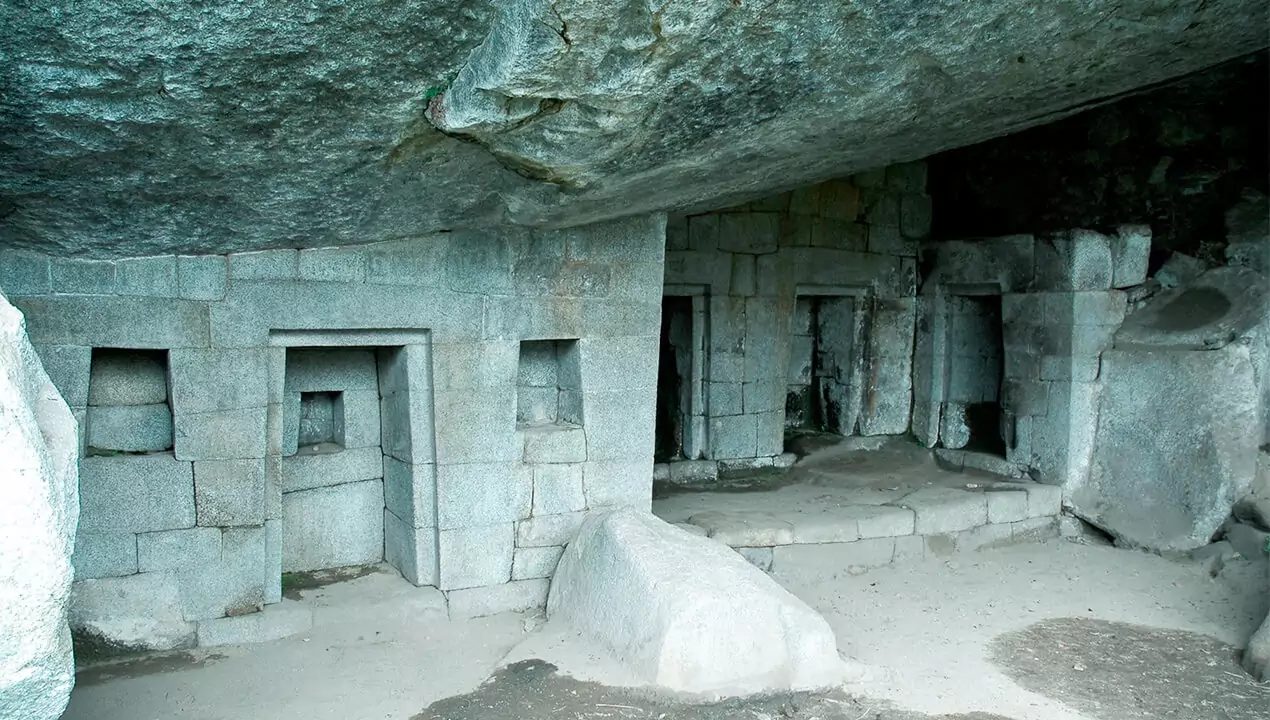
The Great Cavern or the famous “Temple of the Moon” is one of the most incredible constructions close to Waynapicchu.
It is built inside a natural cave. It has finely carved stone structures.
The Incas had a respect for rocks and caves, as they believed they could connect them with the world of the dead.
In the center of the Temple of the Moon there is a throne-like surface. Some researchers suggest that sacrifices may have been made there.
There is no clear idea of what the function of the Temple of the Moon was but for sure it was a secret and sacred place for the Incas.
The only way to visit this enigmatic place is to get the Huayna Picchu permit.
Inca terraces, inca caves and enclosures:
The Terraces of Machu Picchu are an extension of the agricultural land of the Incas and today give a unique landscape to the Inca Citadel. Among the main crops grown by the Incas were grains such as corn, kiwicha, quinoa and kañiwa.
*Guard house:
The function of the Guardian’s House was to guard the Inca citadel. In its interior, there are windows with scenic views of Machupicchu stand out.
How long takes the climb up to Huaynapicchu:
- The way up it is between 1 hour and 1:30 hours all depending how fast you are.
- The way back down it is between 40 minutes and 50 minutes.
How is the way up to Huaynapicchu?
During the beginning of the tour there are no complications, but in the course of the hike to Huaynapicchu the road is steep and narrow at some points. Please keep in mind it is important to respect the signage during the tour. It is also essential to be in good physical condition to make the trek to the top of Waynapicchu.
What can you bring:
- Huaynapicchu mountain tickets.
- Bring a small backpack for snacks, water, etc.
- Original Identity Documents – NO copies
- Trekking clothes, it is advisable to wear light clothing (polo shirt), pants, jacket and good hiking shoes that allow you to walk long trails, avoiding any kind of accident and more in times of rain.
- Be as comfortable as possible during the tour in Machu Picchu and the Huaynapicchu mountain hike.
- Hat is very important to take care of your skin and especially your face. A hat will help protect us from the sun’s rays and prevent possible sunstroke, the climate in Machu Picchu is subtropical: hot and humid. In addition, exposure to the sun without the use of a hat could cause discomfort such as: headache and possible dizziness.
- Rain poncho, the weather at the rainforest is always changeable.
- Sunglasses, appropriate glasses would avoid the filtration of the sun’s rays and the consequences that could generate.
- Sun block, this protective cream is very necessary for the health of the skin, its use avoids the filtration of UVA and UVB rays.
- Camera, to catch the best moments and the gorgeous views.
- And lots of positive energy and a good attitude.
- 2 liters of water. There is no stream to refill your bottle.
Is it possible to enter Huaynapicchu Mountain without a tour guide?
To enter Machu Picchu it is mandatory to have a Tourist Guide, however if you have the Machu Picchu + Huaynapicchu permit it is not necessary to have a tour guide to climb this, but it is recommended to hire a guide to get detailed information about the archaeological site. However, it is important to follow the regulations and rules established by the Peruvian government and the authorities in charge of the national park.
Which is the Huaynapicchu elevation gain:
Its elevation gain from the ground is 1.000 feet (360 meters) and the total distance to trek, going up and down, is 2.5 miles or 4 kilometers.
What can I view from Huaynapicchu:
The Huaynapicchu view is one the best. You will have a 360 degree view at the top, which will allow you to see the Inca site of Machu Picchu, the course of the sacred river Willkamayu (Urubamba) and the Andean mountain range.
Summit views: Incredible views from the summit.The Urubamba river and the surrounding mountains also contribute to the picturesque landscape.
What kind of Flora and Fauna do you have on the way to Waynapicchu:
On the way to Huaynapicchu we have great variety of Flora as more than 200 species of orchids, most of them endemic and endangered, bromeliads many of these growing on rocks or trees, ferns more than 50 from small varieties that cover the ground to large ones that live in the trees.
About Fauna it is possible to see many birds such as green parrots and sparrows early in the morning. In addition to the impressive spectacled bear and many lizards and insects, especially mosquitoes.
What alternative is there if I cannot find the availability to climb Huaynapicchu:
In case of not finding availability to enter Waynapicchu Mountain, a similar alternative would be to visit Machu Picchu Mountain. Also you have a small hike that you could climb up just in case there are no entrances. It is Huchuy Picchu mountain which takes around 1 hour to go and back.
Can you take the walking poles for the Huayna Picchu climb:
The use of metal tip poles is forbidden, however older adults may carry rubber tip poles. It is also forbidden to carry walking sticks, umbrellas, portable seats and tripods.
Things you should not do when you climb Huayna Picchu:
- Do not reserve your Huayna Picchu permit with little time in advance. You should get your tickets at least 3 months in advance to secure your permit to Waynapicchu.
- Do not arrive late at the entrance gate, you should be 30 minutes before.
- Do not climb Huayna Picchu if you suffer from vertigo, it can be so uncomfortable for you to do it.
- Do not underestimate the mountain, steep stairs are always challenging.
- Do not cross the security cordons. It could be a protected or dangerous area.
- Do not forget your camera and always catch the views in your main.
- Do not break the rules in Machu Picchu and Huayna Picchu. These are very important.

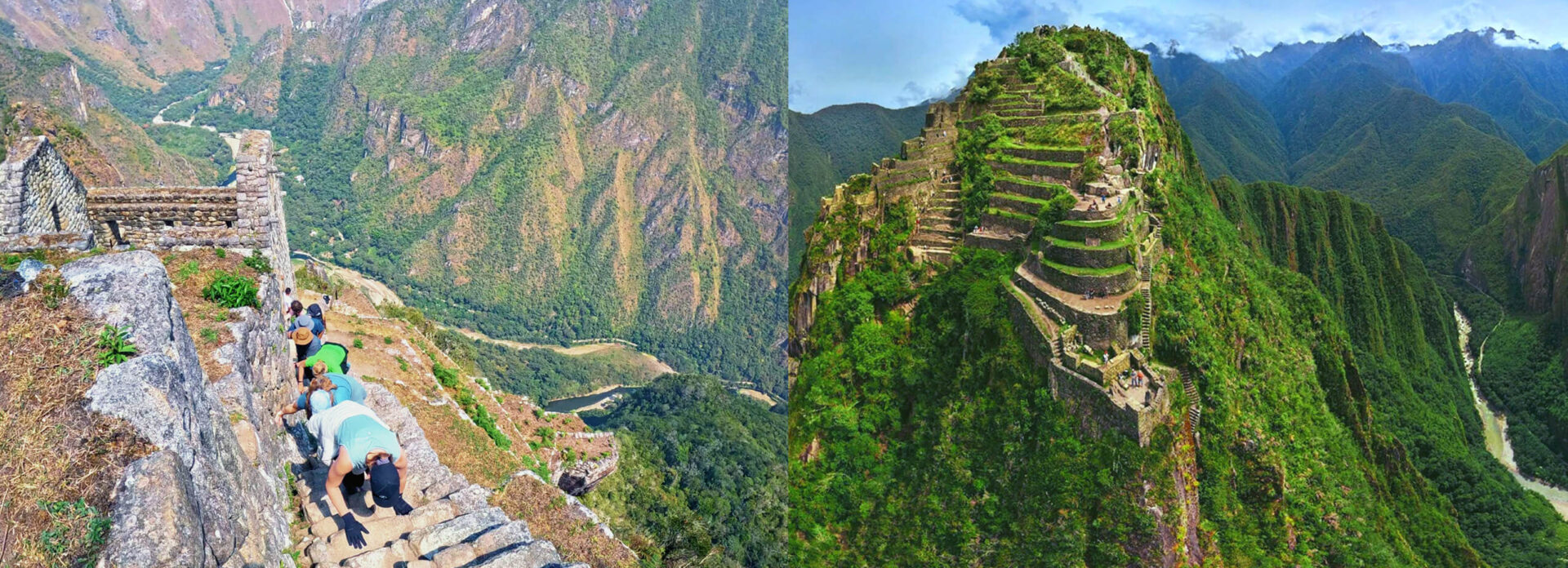


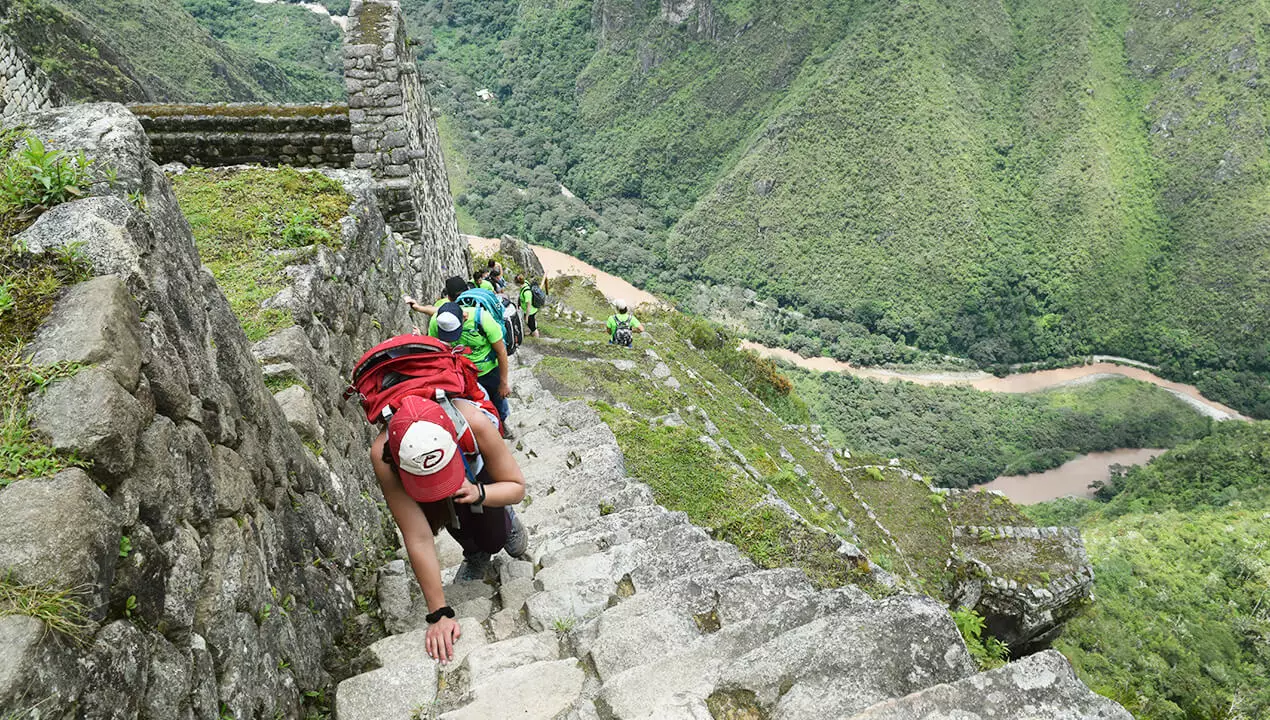


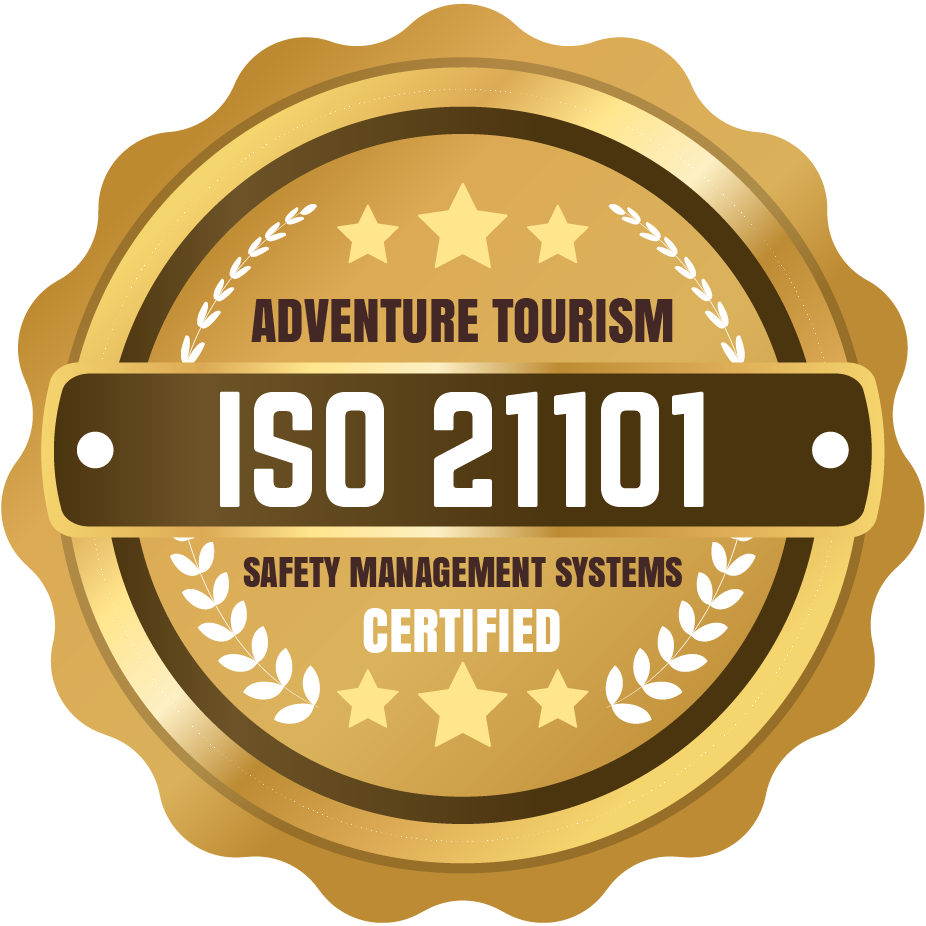
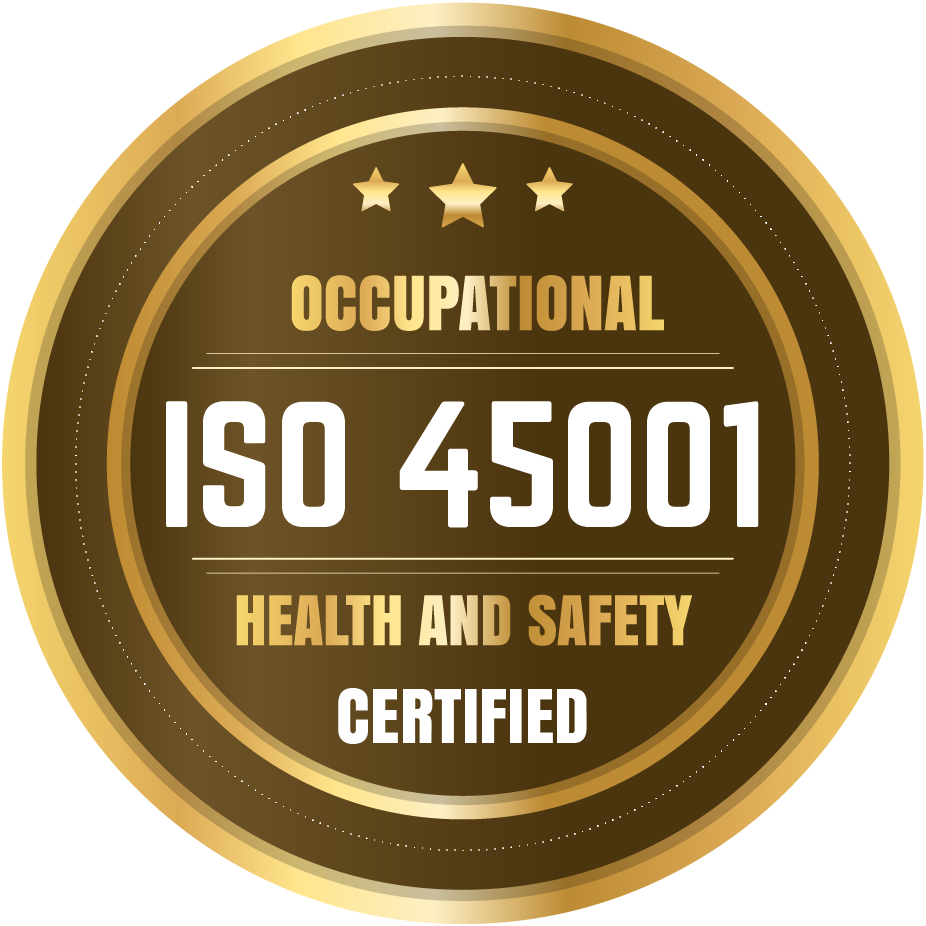
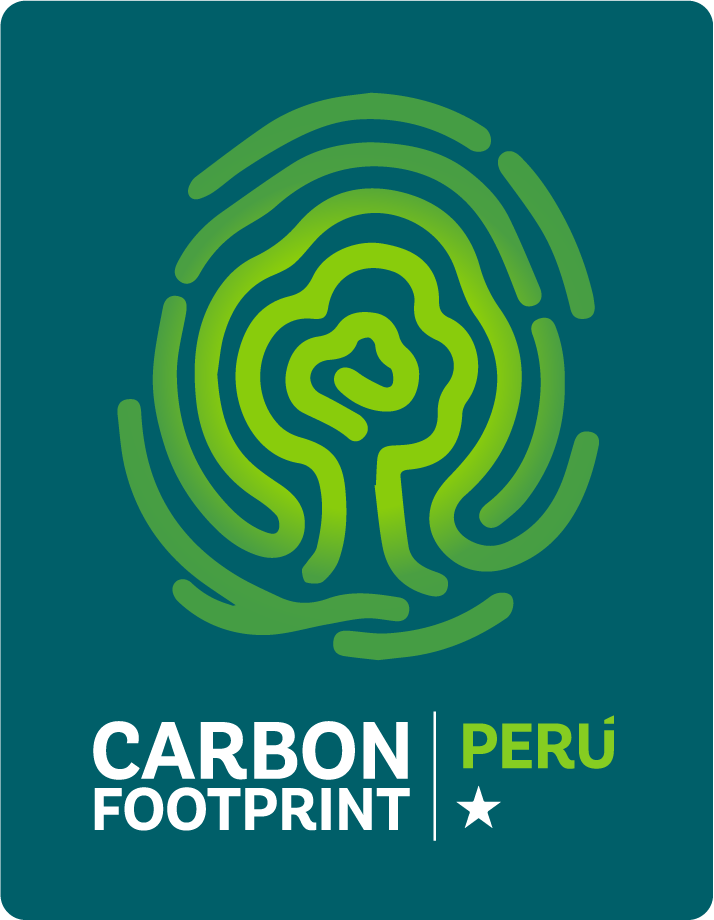

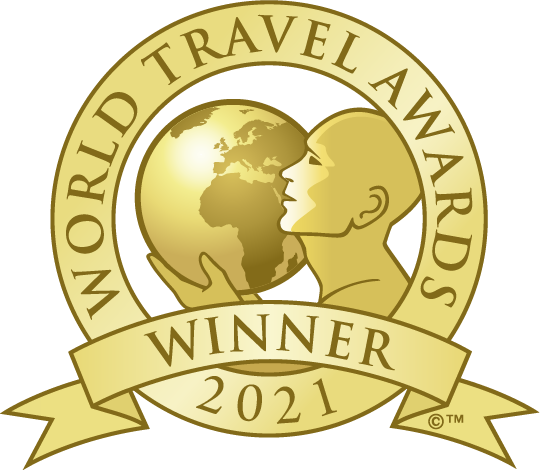







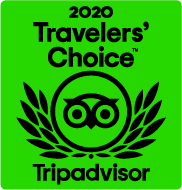
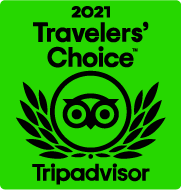
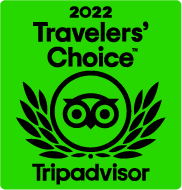
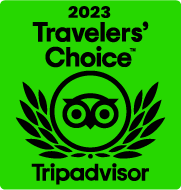
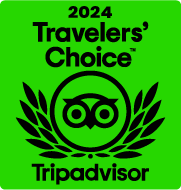












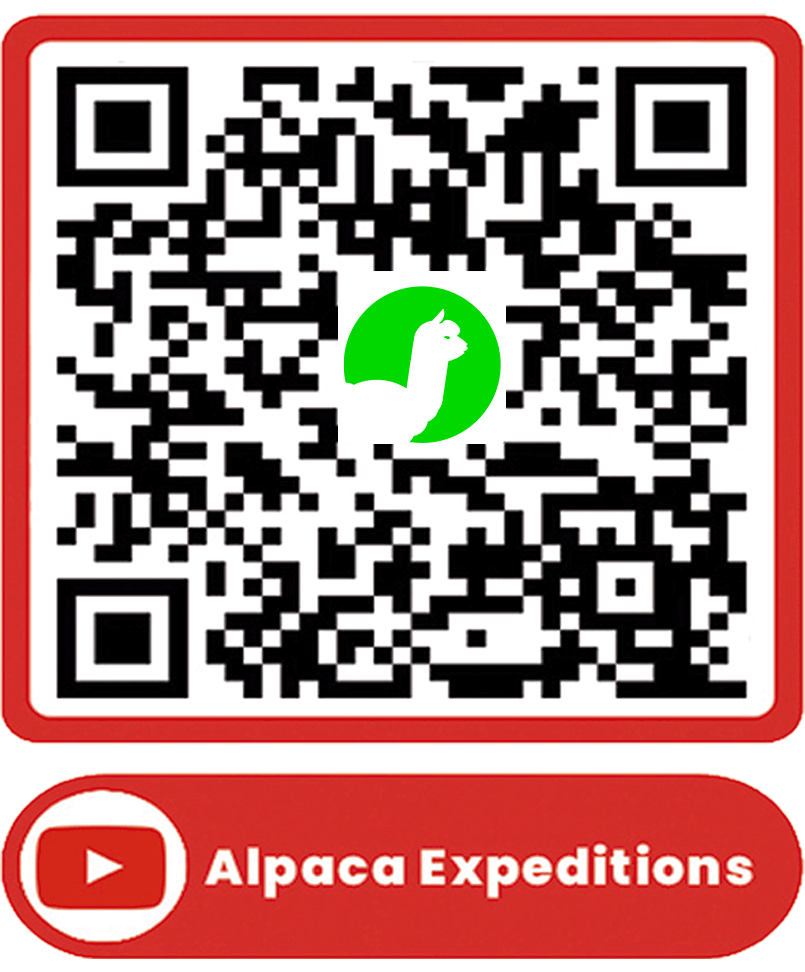

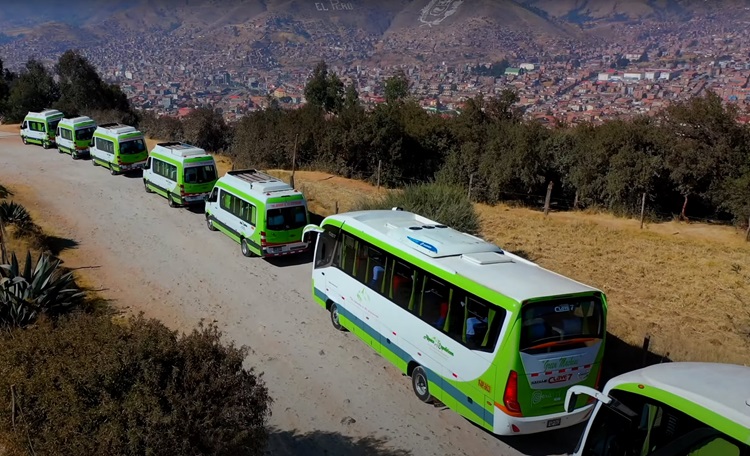
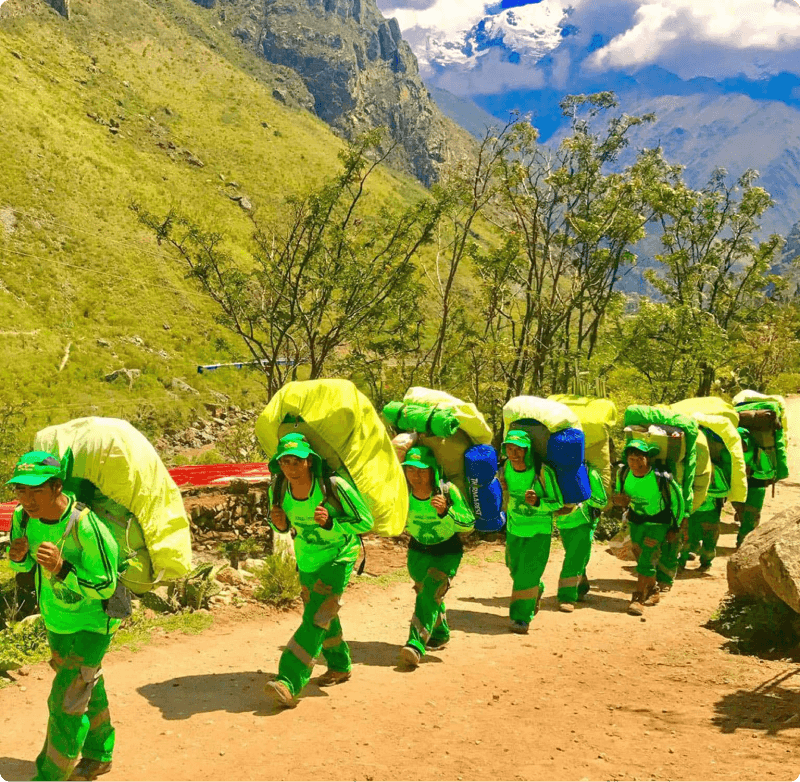 Porters will carry up to 7 kg of your personal items, which must include your sleeping bag and air mat (if you bring or rent one). From us, these two items weigh a combined total of 3.5 kg.
Porters will carry up to 7 kg of your personal items, which must include your sleeping bag and air mat (if you bring or rent one). From us, these two items weigh a combined total of 3.5 kg.